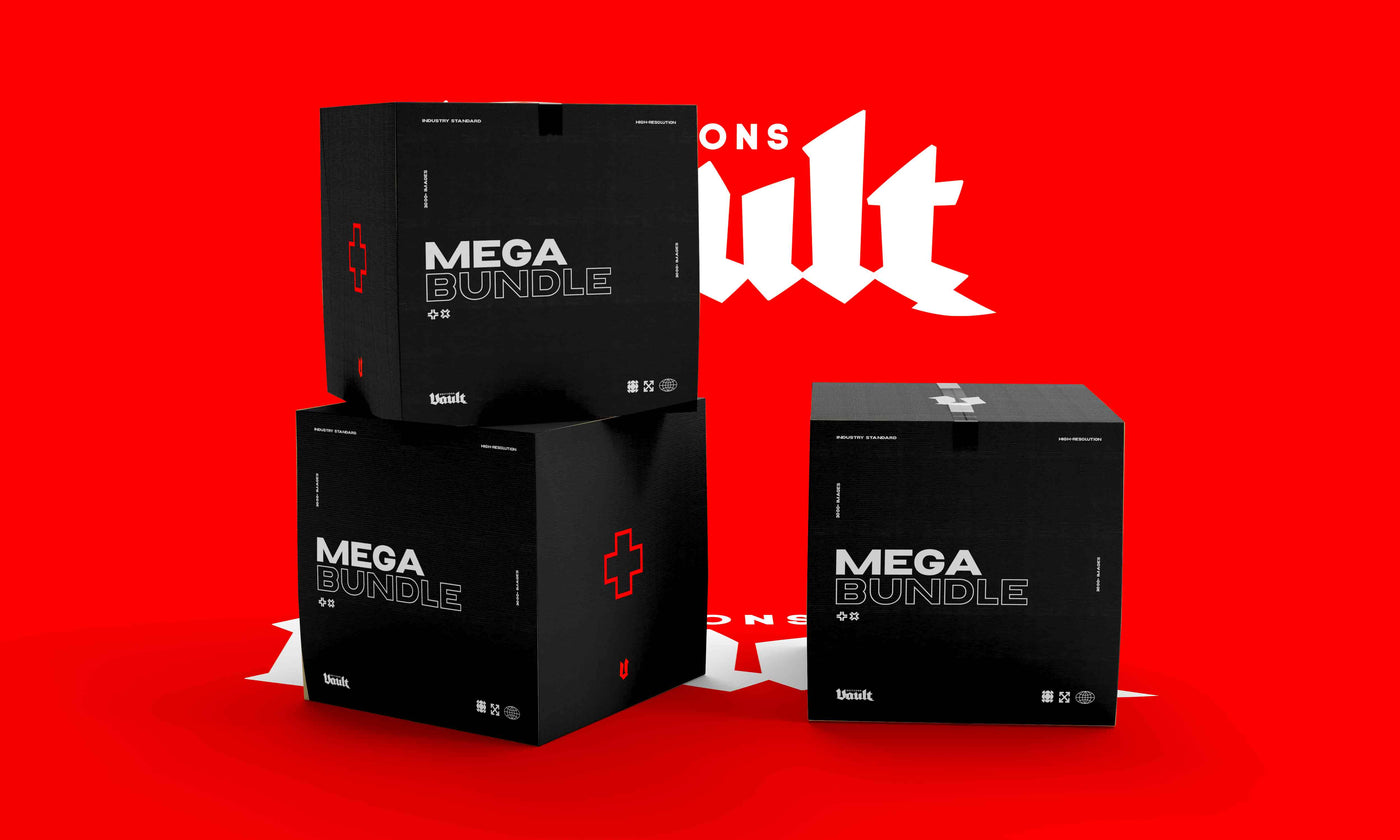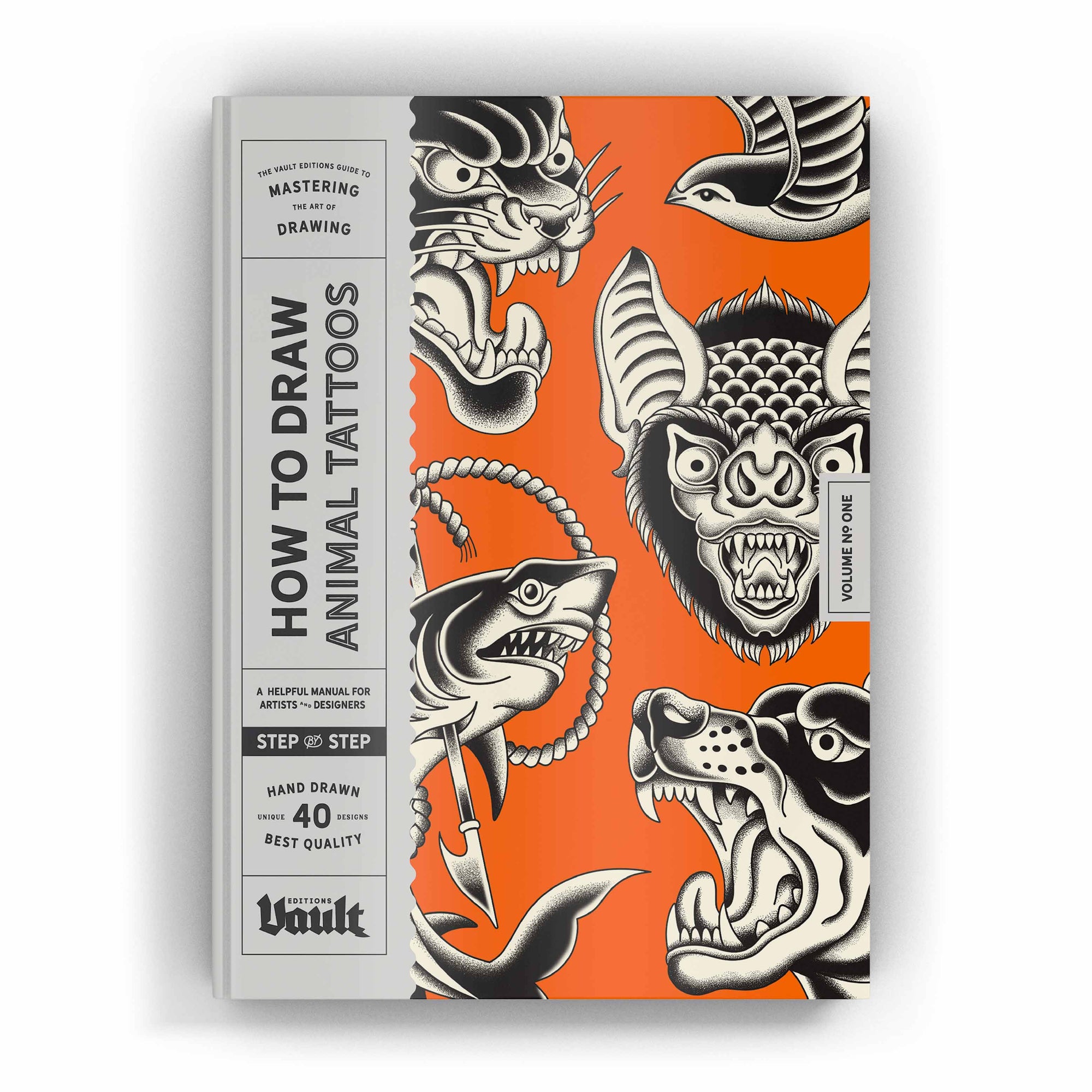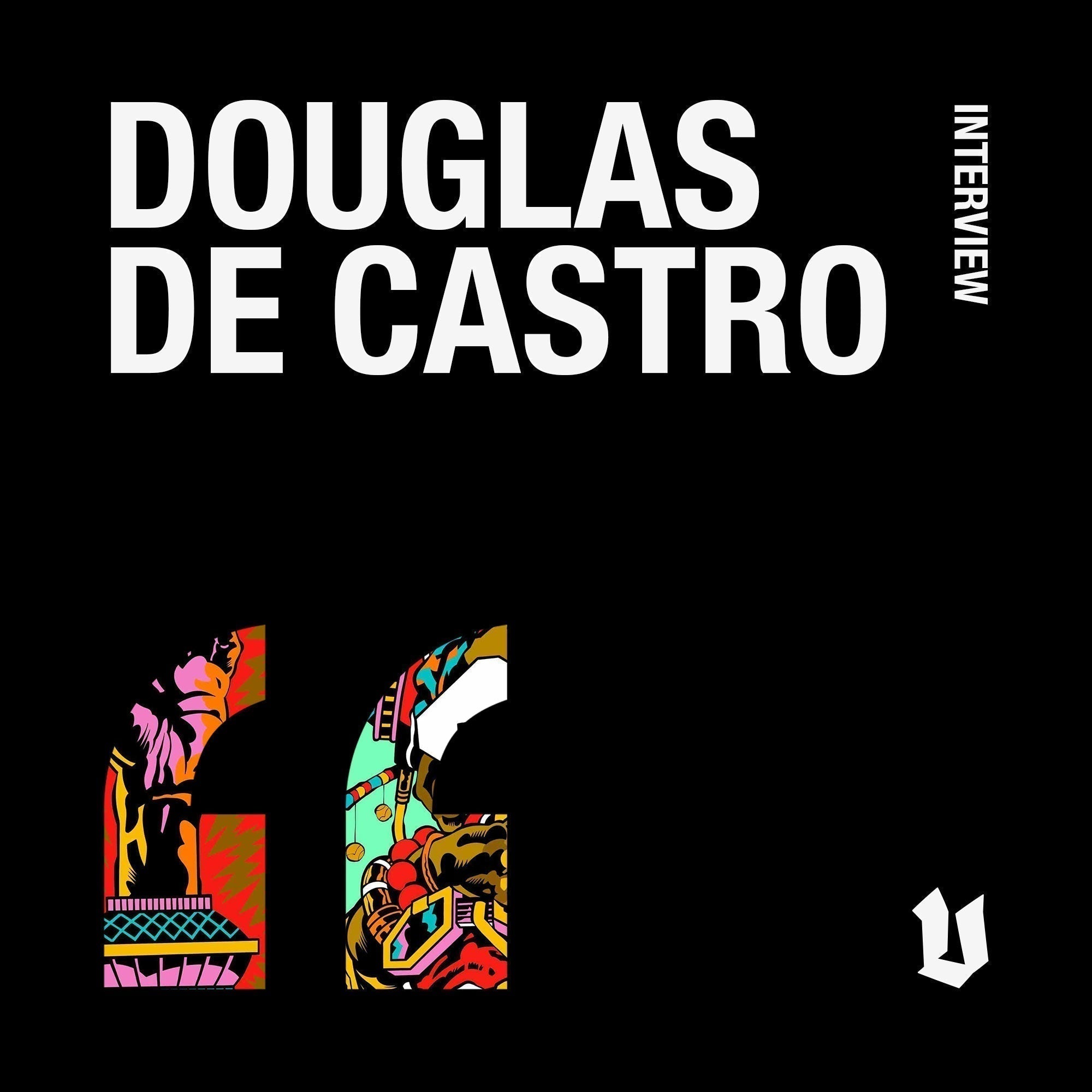Simon J. Curd x Vault Editions: Artist Interview
Simon J. Curd is an illustrator based in the outer suburbs of Nottingham, UK. He's known for creating an ever-expanding world of curious creatures wandering through overgrown, abandoned places. His work celebrates nostalgia and the quiet beauty of forgotten things. Alongside his personal projects, Simon illustrates for bands, books, and businesses and regularly appears at markets and conventions across the Midlands and the North of England.
Vault Editions sat down with Simon to learn more about the magical world he has created and how he brings his artistic vision to life. Let's go!

Simon J. Curd, Forever Home
1. Your artwork invites us into a magical world where nature and animals quietly take centre stage, often seen slowly reclaiming abandoned manufactured objects and spaces. Where did this concept come from?
It came about unexpectedly as I practised sketching different things I was interested in just to improve at drawing but found it more fun if I combined them in various ways.
At its core, I think it’s about looking at familiar things with a new curiosity. With no people around, human-made objects and places no longer serve the purpose they were made for. Which, depending on the viewer, might mean they give off a sadness, or a sense of relief, or a mixture, which I find interesting. And the creatures provide a whole new perspective as they view these things with no knowledge of their original function at all.
There are practical reasons behind it too – I find it easier to draw things that are weathered and organic because there’s more texture and fewer perfectly geometric shapes. And the fact that the animals aren’t quite real means I don’t get hung up on making them look accurate. And I don’t like drawing people.

Simon J. Curd, Appointment Television
2. In your work, you've mentioned a recurring theme of "remembering things that are now outdated or taken for granted as the treasures they once were." This comes through in your use of era-specific objects like cassette tapes and floppy discs. What draws you to this particular period? Do you imagine this theme evolving over time? Might we eventually see more recent relics, such as early iPods or digital cameras, enter your world, or do you feel your focus will remain rooted in that 1990s-adjacent aesthetic?
There’s a lot of personal nostalgia there. Generations like mine had all of these very tactile physical items for playing media that were so highly valued before the abrupt arrival of digital storage and touchscreens, and in some way, I think I feel guilty or sorry for those inanimate objects!
Interesting question about iPods and early digital cameras. I remember them fondly but they’d already lost some of the analogue clunkiness that really appeals to me. Give it a few more years and I might feel different…
Not all of my work features that sort of technology but similar thoughts apply to things like junk food or waterslides or even a suburban street – they haven’t gone anywhere but at some point you aren’t quite as overjoyed by the prospect of enjoying or exploring them, so I like to try and evoke that magic in some small, strange way.

Simon J. Curd, Creature Feature
3. So that we can immerse ourselves further in the world of your creatures, what are three songs we should tape onto our Walkman to listen to while looking at your artwork?
This is a tough one, I’m tempted to suggest some fuzzy 90s alt rock as period-accurate, but I think quieter and more contemplative fits better, so here are three that I have in regular rotation whilst drawing.
- Christine Fellows – Ghost Particle
- John K. Samson – Heart of the Continent
- Frontier Ruckus – Dealerships

Simon J. Curd, Spool
4. All your linework is done by hand before being coloured digitally, and it's fascinating to see glimpses of that process on Instagram. Could you walk us through the process of creating one of your pieces, from the initial sketch to the final artwork?
I actually start digitally nowadays too with a ‘pencil’ sketch in Procreate on an iPad, which keeps things neater while the basic composition is worked out. I print that out and trace over it with real pencil on Bristol board using a light box, trying to be a bit more specific about forms and the direction of textures.
I can then start inking, which is the most time-consuming part. I use a 005 Sakura Pigma Micron almost exclusively, even though I should try using different sizes for a more complete range of values.
Once the ink is finished (often after a couple of restarts) I scan that in and threshold it so that it’s pure black and white and the white bits can be deleted.
Then it’s ready to colour on layers beneath the ink in Photoshop, first blocking out chunks of the drawing that will all use the same colour (as few as possible) then adding five or six shades to each colour using a gouache-emulating brush. Then it’s ready to print.

Simon J. Curd, Old Haunt
5. The colour palettes you choose are really beautiful and harmonious; what inspires your choice of colours, and how do you go about selecting the shades you use in a piece?
Thank you. I usually have an idea of the ‘atmosphere’ I want a drawing to have when I first start sketching, but it isn’t until the colouring stage that I go about trying to realise it.
Most of my work is dusky, whether it’s golden hour or blue hour, because I find that sort of lighting evocative and fitting for the subject matter. It also means there’s an ambient hue, so colours that might appear further from each other in plain daylight are nudged closer together, both reds and yellows made more orangey, for example. I’m not too keen on primary colours, so I tend to use a lot of in-betweens like mustard and rust or teal for contrast, which just naturally work well together.
Working digitally at this stage means I can keep tweaking individual layers during test-printing until I’m either happy or tired of looking at it.
6. You've collaborated with Critical Kit to create a role-playing game called 'Wires in the Woods' based on your world and characters. Can you tell us about the game and how this project came about?
Tim and Sarah spotted me at a convention we both attended a few years ago and soon brought up the idea. A tabletop role-playing game wasn’t actually on my to-do list at that point (I had never even played one) but it made a lot of sense in terms of the worldbuilding and characters that I’d already created, and it was clear that Critical Kit would be a great fit to work with in terms of their approach to creativity and experience and reputation within the industry.
In the game, you choose a creature to play and a setting to explore, and you find abandoned items and use them in creative ways to complete challenges you’re faced with. It’s a bit more complex than that, we’ve tried to give it plenty of depth to really get immersed in, but that’s the general idea.
The rulebook is full of new illustrations, which has been a big undertaking but a fun experience that I’ve learned a lot from, and we’re already talking about future collaborations.

Simon J. Curd, Wires in the Woods
7. You created a mini-comic, 'Buds', featuring your characters; in the future, do you see yourself incorporating more written narrative into your work to tell their stories in a literary way? Or do you prefer your world to remain open-ended, allowing viewers to imagine their own stories and interpretations?
I’ve always intended the origins of the world to remain undefined, and the prints are deliberately open-ended, but I see comics as the best way to portray more of the relatable interactions and dilemmas that I imagine the creatures to face, without removing the underlying sense of mystery.
Buds was a way to get a feel for the process on a very small scale and it’s been fun hearing readers’ reactions and interpretations. My way of drawing makes it a very lengthy endeavour so the full graphic novels I’d love to produce might never materialise, but I’m currently working on the slightly more substantial follow-up. I also think there’s some middle ground with art prints that depict short narrative sequences that I’d like to try out in future.

Simon J. Curd, Buds
8. Is there a book (art-related or otherwise!) that's had a lasting impact on you or your creative process?
The first thing that comes to mind is an Andrew Wyeth monograph (I can’t remember exactly which one) that an art teacher dug out of his personal collection to show me when he saw the (completely off-curriculum) stuff that I was drawing back in high school. Stylistically, there’s little in common with what I do, but I was immediately captivated by all of these quiet, still scenes that felt both completely mundane and painfully poignant. Thanks, Mr. Astbury!
Discovering Edward Gorey was hugely formative as well, striking that balance between darkness and levity and feeling both part of the real world and its own separate world at the same time. The Doubtful Guest is my favourite.

Simon J. Curd, Stood up at the Snack Stand
9. You're a regular vendor at markets and conventions, which are great places for creatives to sell their work and connect with the community. Do you have any tips for artists looking to start selling their artwork or merchandise at these events? What do you wish you knew before you started?
Start small and local and soon. Obviously try to make it a success but think of the first one as a test run to learn from rather than expecting to have everything perfect before even applying.
Look for events where your work fits in but also ones where you can stand out. I used to put off trying certain conventions and art fairs where I didn’t think I belonged that have turned out to be regular favourites.
And wherever you end up showing your work, talk to the other artists around you. That’s how you’ll hear about other goings-on and generally build a good network of friends that make future events all the more fun.

Simon J. Curd, Window Shopping
10. You've worked on some fascinating projects for artists, authors, and game developers, but is there a dream brief or collaboration you haven't had the chance to take on yet?
I feel very lucky to have worked on the sort of projects that I have so far, so more of that would be perfectly alright with me.
A lot of my influences are gig poster and alternative movie poster artists, which I haven’t found my way into yet but would love to try my hand at.
And following on from the narrative side of comic making, I suppose, the ultimate dream project would be to adapt my characters and stories for TV or film. My inbox is open, if any animation or puppetry studios are reading this…
Discover More of Simon's work:
 Simon J. Curd, Moss Marten
Simon J. Curd, Moss Marten





